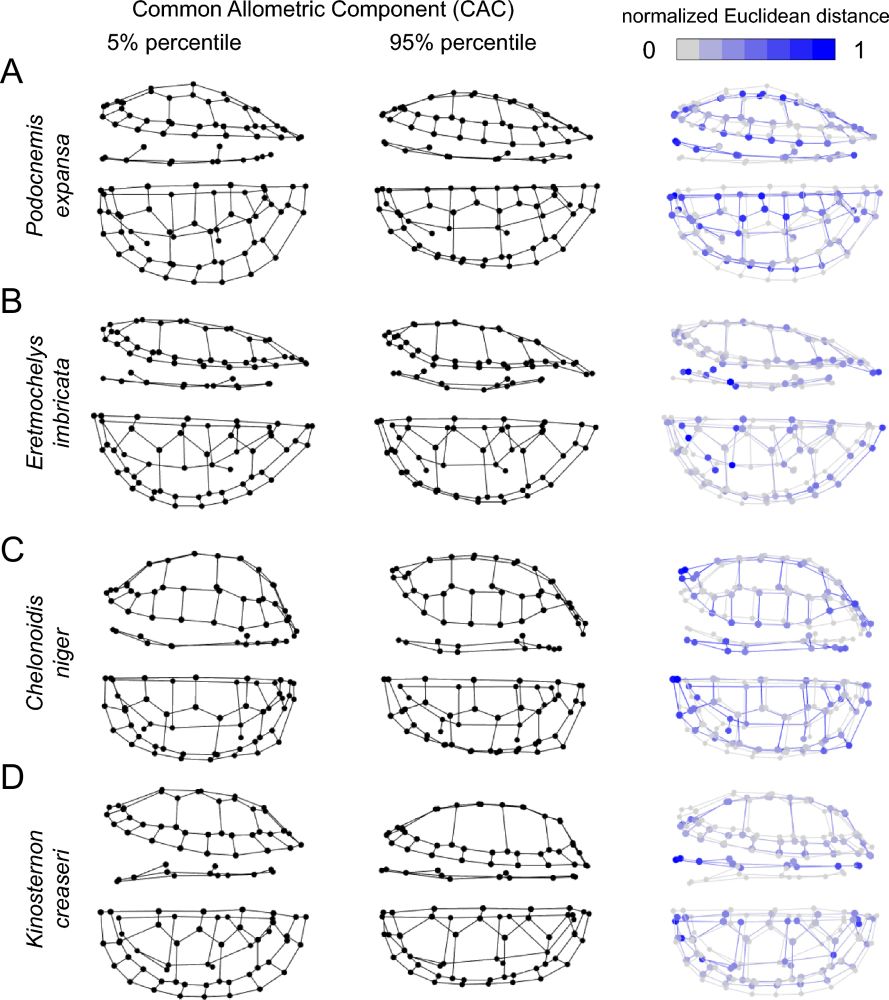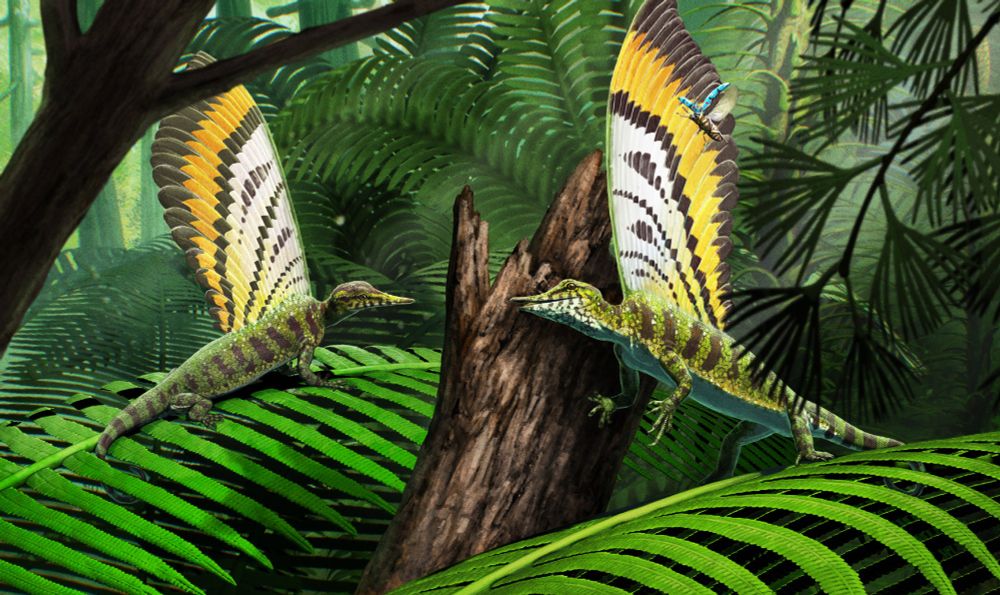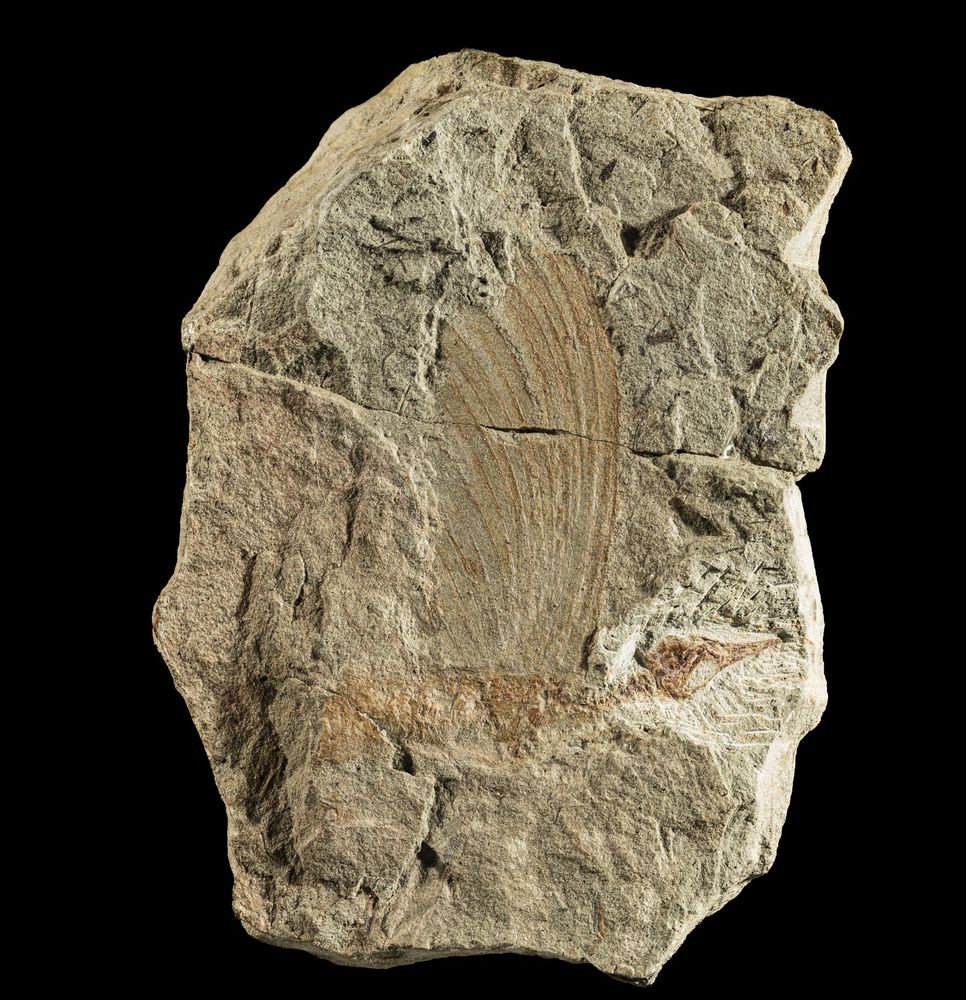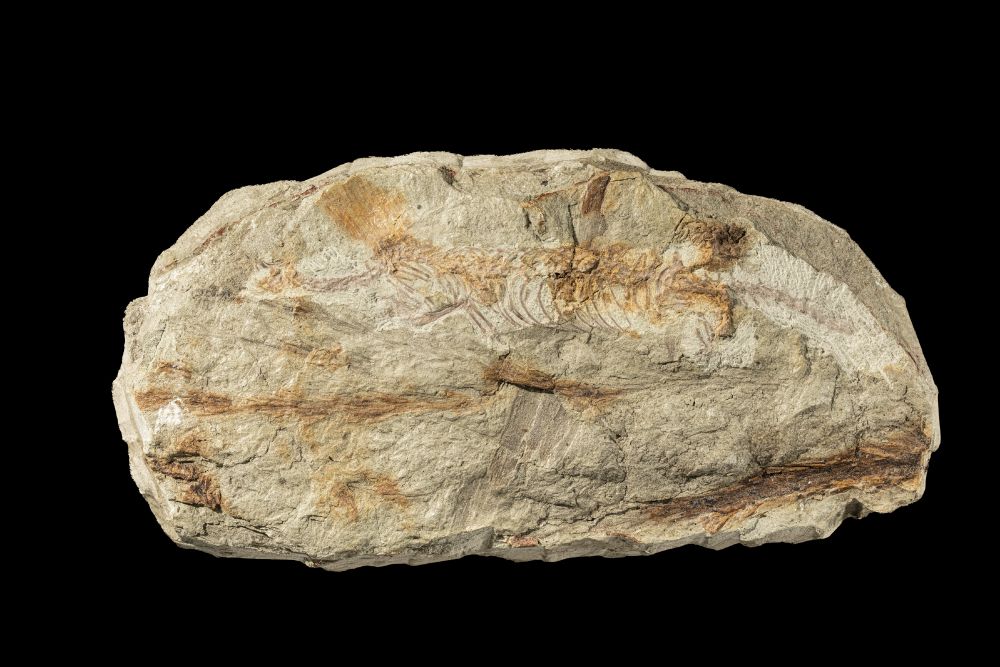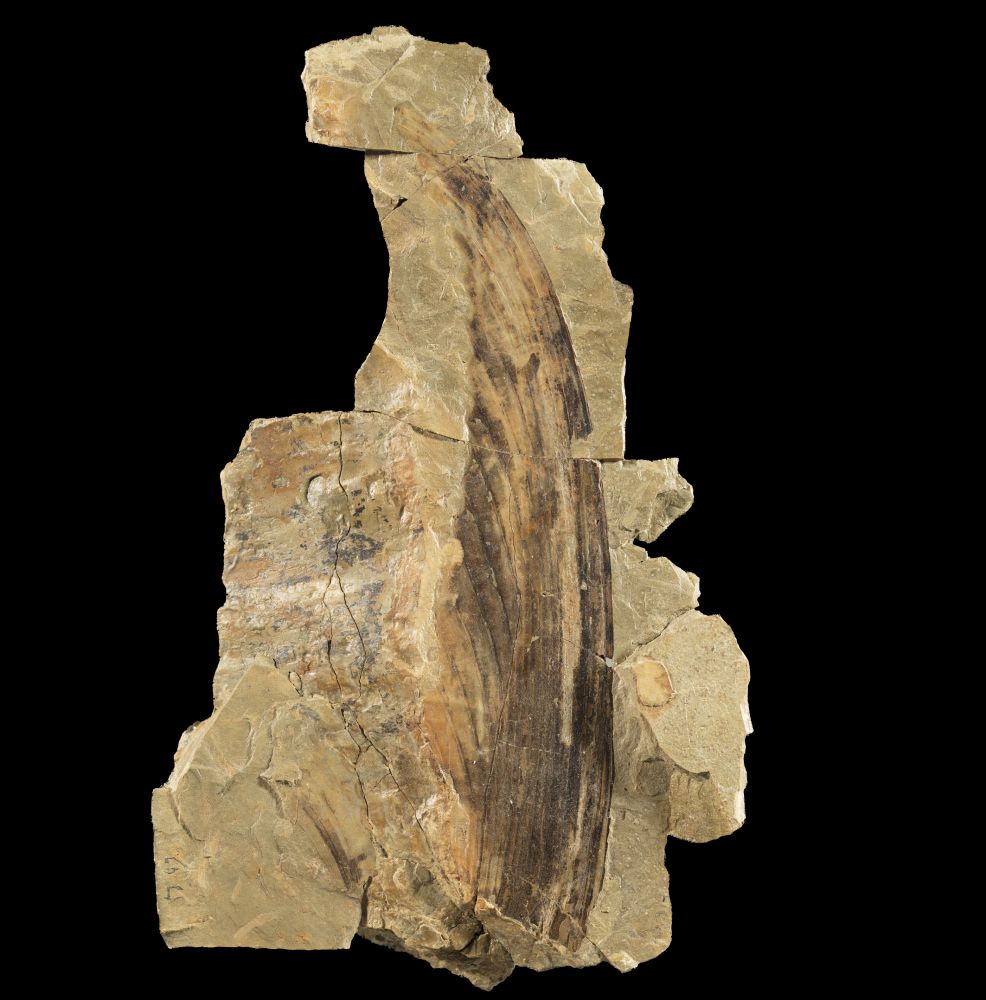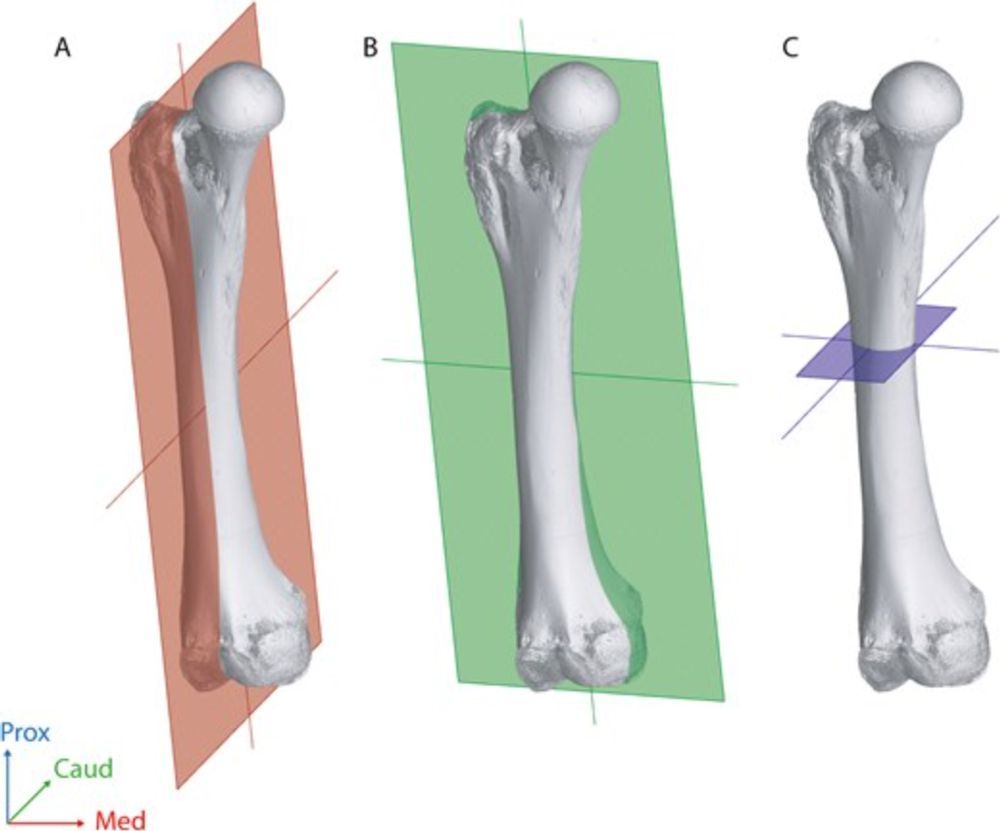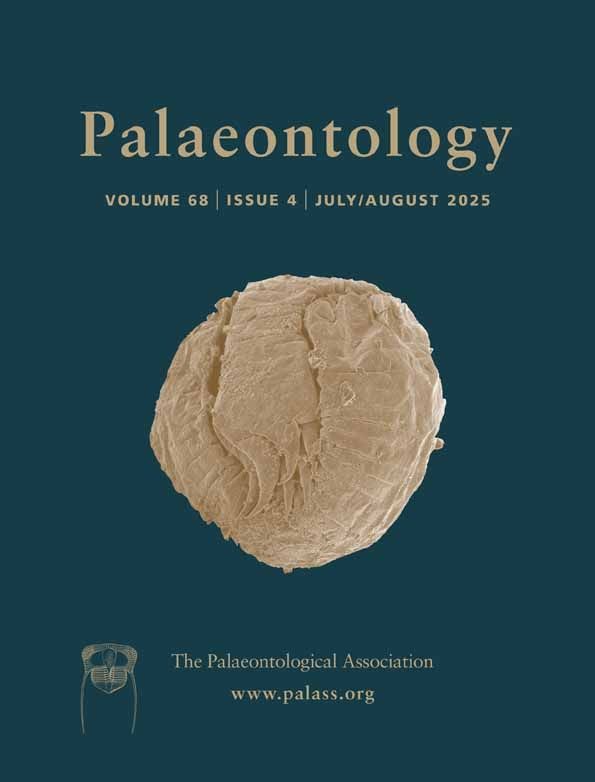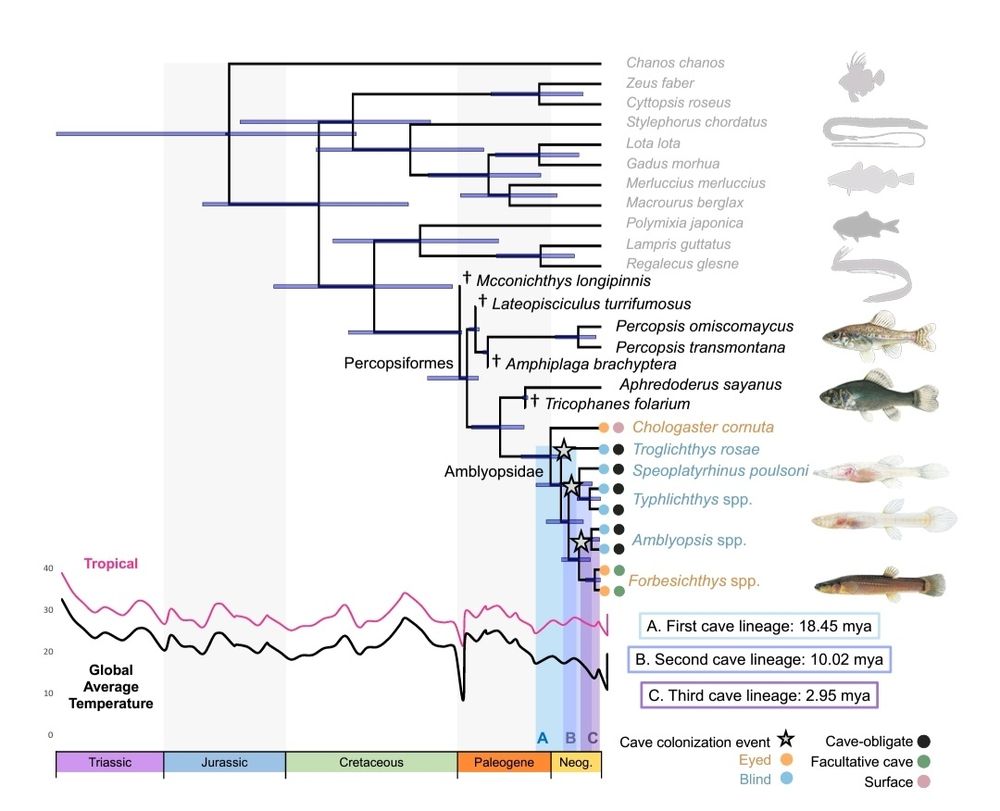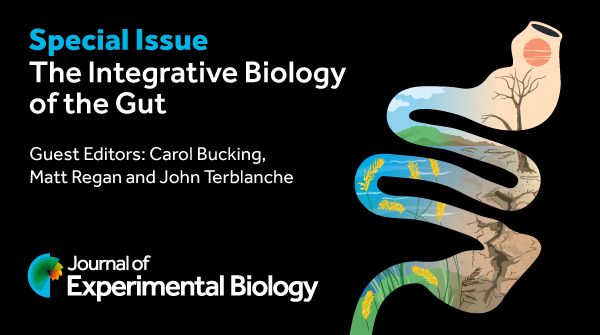Prof. Christine Böhmer
@vertevo.bsky.social
130 followers
140 following
19 posts
Palaebiologist | Paläobiologin |
Research | Forschung @kieluni 🇩🇪🇪🇺
#Palaeontology #Zoology #Evolution #Anatomy #Vertebrae #Archosaurs 🐊🐦🐀 @BoehmerGroup
Posts
Media
Videos
Starter Packs
Pinned
Reposted by Prof. Christine Böhmer
Reposted by Prof. Christine Böhmer
Reposted by Prof. Christine Böhmer
Ferwen
@ferwen.bsky.social
· Jul 24
Enlargement of sternum traits facilitated the evolution of powered flight in birds - Nature Ecology & Evolution
The extant avian sternum is highly adapted to powered flight, but understanding of its early evolution is hindered by patchy fossil representation and the fact that where preserved, sterna in near-bir...
www.nature.com
Reposted by Prof. Christine Böhmer
Gustavo A. Bravo
@thamnobravo.bsky.social
· Jul 24
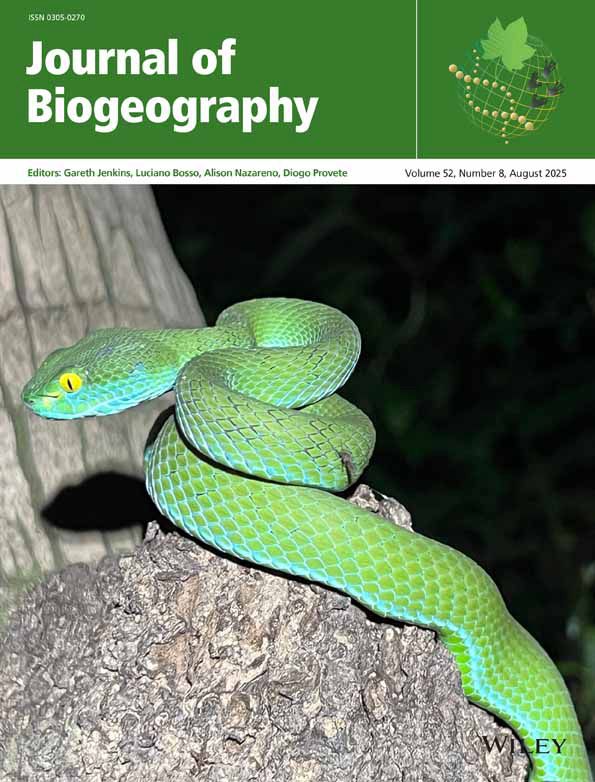
Origins and Diversification of the Caatinga Dry Forest Endemic Avifauna
Aim Understanding the geographic origin of lineages is critical to comprehending their biogeographical and evolutionary histories and the historical connections among biomes. In northeastern Brazil,...
onlinelibrary.wiley.com
Reposted by Prof. Christine Böhmer
John P. Friel, Ph.D.
@friel.bsky.social
· Jul 23
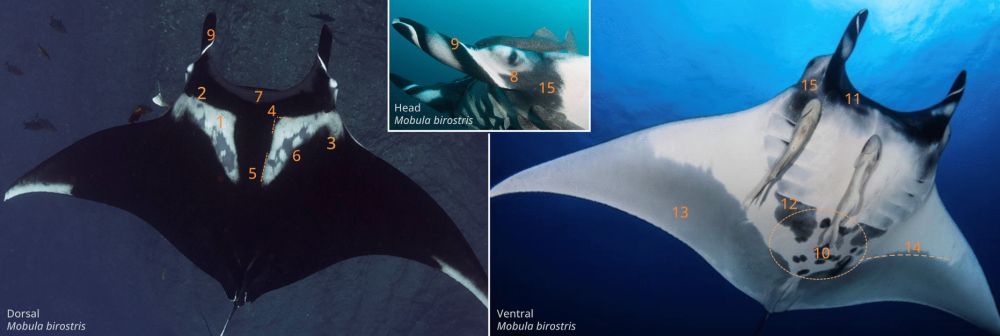
An integrative taxonomy investigation unravels a cryptic species of Mobula Rafinesque, 1810 (Mobulidae, Myliobatiformes), from the Atlantic Ocean - Environmental Biology of Fishes
Manta and devil rays comprise a vulnerable animal group with a complex nomenclatural history and a somewhat unresolved taxonomy. The existence of a putative undescribed species of manta ray in the Atl...
link.springer.com
Reposted by Prof. Christine Böhmer
Reposted by Prof. Christine Böhmer
Reposted by Prof. Christine Böhmer
Mike Moore
@moore-evo-eco.bsky.social
· Jul 19

Convergent reduction of olfactory genes and olfactory bulb size in mammalian species at altitude
Graham et al. report that high-altitude mammalian species have a greatly reduced number
of olfactory receptor genes, and their brains have a smaller olfactory bulb, consistent
with a deteriorated sens...
www.cell.com
Reposted by Prof. Christine Böhmer
Reposted by Prof. Christine Böhmer
Reposted by Prof. Christine Böhmer
Reposted by Prof. Christine Böhmer
Ferwen
@ferwen.bsky.social
· Jul 17

Remarkable soft tissue anatomy recorded in titanosaur (Sauropoda) tracks from the latest Cretaceous of Mongolia
Abstract. Dinosaur footprints can provide important palaeobiological information, including the speed, behaviour, limb kinematics, and soft tissue anatomy
academic.oup.com
Reposted by Prof. Christine Böhmer
Reposted by Prof. Christine Böhmer
Jack Lovegrove
@jackl0vegr0ve.bsky.social
· Jul 16

A new large ‘silesaur’ specimen from the ?Late Triassic of Zambia; taxonomic, ecological and evolutionary implications | Royal Society Open Science
‘Silesaurs’ are bird-line archosaurs that either represent the sister clade to dinosaurs or a paraphyletic grade of early ornithischians. Here, we describe a partial silesaur femur, NHMUK PV R37051, from the Ladinian/Carnian Ntawere Formation of Zambia. ...
royalsocietypublishing.org
Reposted by Prof. Christine Böhmer


